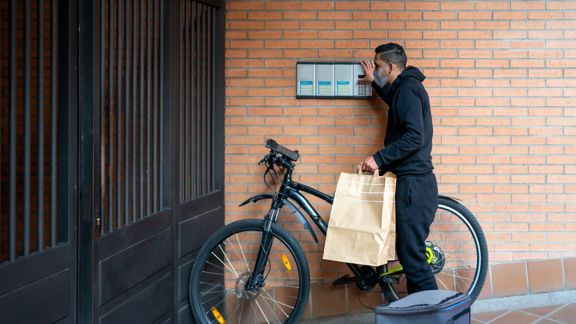Problem
Increases in Medicare beneficiaries' hospice use and spending have garnered significant policymaker attention.
In 2019, 1.61 million Medicare beneficiaries were enrolled in hospice care for at least one day. This represents a 16.5 percent increase from 2015. In 2019, Medicare spending on hospice was $20.9 billion, representing a 31 percent increase from 2015. The growth in hospice enrollment and spending coincided with a decade in which Congress passed the Affordable Care Act and as policymakers carefully examine and propose cost-cutting measures across the health care system.
Due to increased scrutiny on hospice’s growing enrollment and spending, a 2022 MedPAC report to Congress contained specific recommendations to curtail hospice spending, which would impact the millions of Medicare beneficiaries who need specialized end-of-life care.
Solution
NORC conducted a comparative assessment of the financial value of hospice.
NORC used administrative claims data to estimate hospice use and its impact on Medicare spending. The claims data represented all 2019 Medicare decedents, comprising 2.3 million people.
We compared the outcomes of Medicare beneficiaries who had a hospice stay immediately prior to death to Medicare decedents who did not have a hospice stay but otherwise had a similar risk profile. We then aggregated all spending and use of care services in the 12 months prior to death and addressed differences in chronic health status, end-of-life diagnoses, and demographics between the two populations with a propensity weight model.
Result
Our claims-based analysis demonstrated the cost-effectiveness of hospice care for Medicare beneficiaries.
Our analysis led to the following findings:
- In the last year of life, the total costs of care for Medicare beneficiaries who used hospice was 3.1 percent lower than the adjusted spending of beneficiaries who did not use hospice. This relatively modest reduction in adjusted Medicare spending translates to an estimated $3.5 billion less in Medicare outlays for beneficiaries in their last year of life.
- Total Medicare spending in the 12 months preceding death is consistently lower for beneficiaries with length of stay of 15 day or more.
- Starting on day 11 (prior to death), Medicare spending on hospice users’ is lower than spending for non-hospice users, suggesting that earlier enrollment in hospice may reduce Medicare spending.
- Hospice stays of six months or more add value to Medicare, spending for those who spent at 6 months in hospice in the last year of their lives was 11 percent lower than those who did not use hospice.
In addition, published literature and research reinforce the experiential benefits that hospice provides to patients, families, and caregivers, including increased satisfaction, improved pain control, and reduced emotional distress.
Related Tags
Project Leads
-
Dianne Munevar
Vice PresidentProject Director








